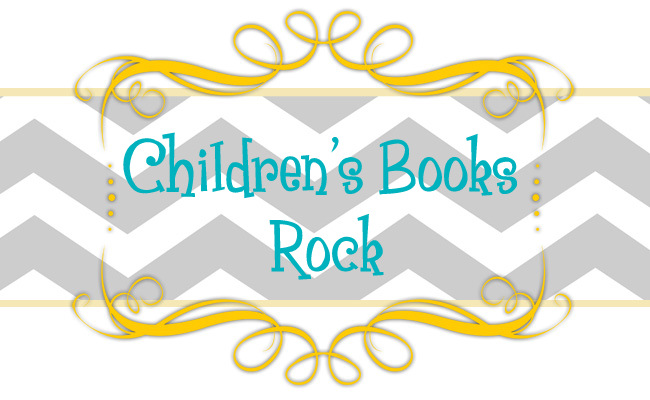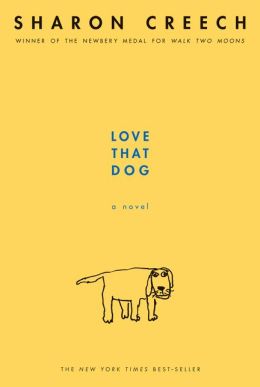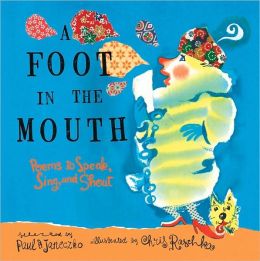
BIBLIOGRAPHY
Franco, Betsy. 2008. FALLING
HARD: 100 LOVE POEMS BY TEENAGERS. Cambridge, Massachusetts: Candlewick
Press, Inc. ISBN: 978-0-7636-3437-7
REVIEW AND CRITICAL
ANALYSIS
In FALLING HARD Betsy Franco has collected 100 poems from
poets ranging in age from 13 to 18. The
poets are gay, straight, lesbian, transgender, and bisexual teenagers from all over
the world. This diverse group of teens
seems to be just as diverse in their experiences with love and the emotions
that come with it. These real and
inspiring poems are sure to impact readers.
The poems in this book are all about different facets of love and
provide insight into the complex world of teenagers.
FALLING HARD has the ability to evoke a wide variety of
strong emotions. A reader could go from
smiling, to laughing, to crying while reading just a few poems. With 100 poems about all aspects of love
included, there is something for everyone to relate to in this book. The language is raw and, at times, vulgar which
adds to the strong emotional impact these poems have on the reader.
There are a variety of poetic types included in this book as
well as varying rhyme schemes. This
helps to keep each poem fresh in the readers mind. The beginning of the book includes a table of
contents that lists each of the 100 poems included in the book and which page
to find them on. At the conclusion of
each poem the author’s name is listed, if given, along with their age. The age of the poet adds a whole new
complexity to the already deep poetry.
Tilt the halo over my head
I don’t care what the caution tape read
It’s time to get a little dangerous
Let’s fall in love.
Forget the scriptures, forget the past
Conscience and common sense never last
It’s time to get a little curious
Let’s fall in love.
~Rachel McCarren, age 15
In a classroom, the teacher could put up the word "love". The students could do a quick stop and jot of all the things and emotions that go along with love (happiness, rejection, heartbreak, trouble, etc.). After the students are given some time to think and write down their thoughts, the teacher could read a few poems from the book. Are they able to connect to the poems read out loud? Is there another emotion they need to add to their list? After reading a wide variety of poems about love from the book, are the teens inspired to write about their own experiences with love? Since the majority of these poems are free verse, hopefully the students will focus on the words and emotions included in their poems and will feel free to write the poetry however they wish.
In a classroom, the teacher could put up the word "love". The students could do a quick stop and jot of all the things and emotions that go along with love (happiness, rejection, heartbreak, trouble, etc.). After the students are given some time to think and write down their thoughts, the teacher could read a few poems from the book. Are they able to connect to the poems read out loud? Is there another emotion they need to add to their list? After reading a wide variety of poems about love from the book, are the teens inspired to write about their own experiences with love? Since the majority of these poems are free verse, hopefully the students will focus on the words and emotions included in their poems and will feel free to write the poetry however they wish.


